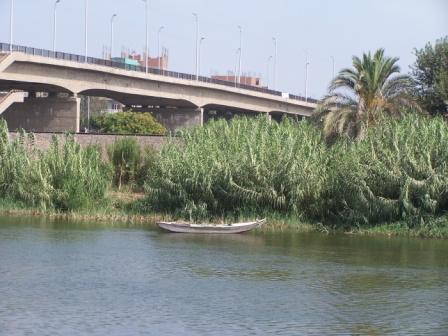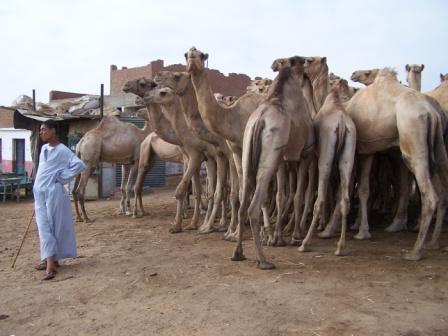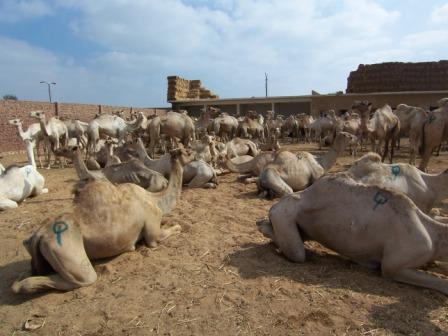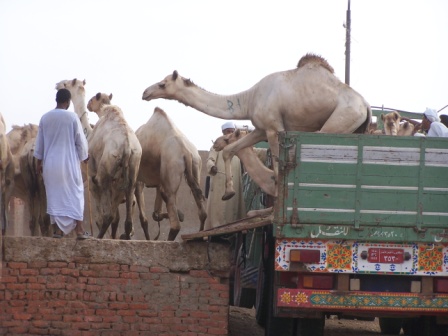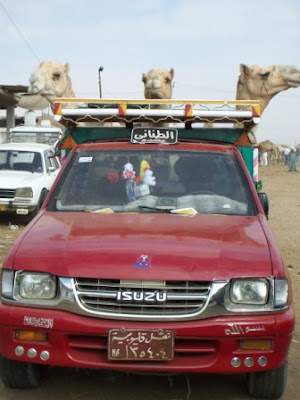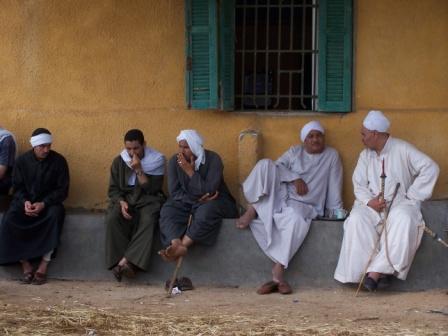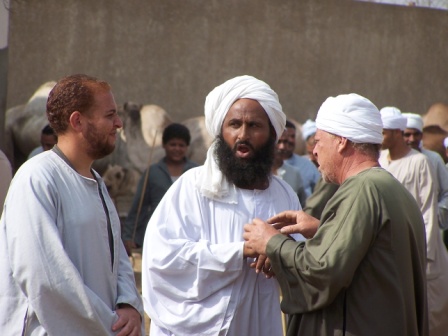As a Trailing Spouse to Egypt, this was a book recommended at an Inter-cultural training session that I attended.
I am glad I waited 2 years to read this book (I might have been terrified of the move) although I'm kicking myself for spending money on it, even though I got it at a discounted price on Amazon.
I got carried away by William Dalrymple's (an author I greatly admire) review of it: "Brigid Keenan, is a new comic genius.... very, very funny"
Later in the book, I figured out that he spent time at their house in Damascus, while researching his book From the Holy Mountain.
Why did I hate the book so much?
Except for the last chapter, the author was constantly whining and groaning about the hardships that life had tossed at her. This after choosing to marry her husband of her own free will, knowing the kind of job he did and loved would take him to obtuse corners of the world. It was a fully informed decision that she took. Even spending some days with him, in what she calls a "chicken shed" in Kathmandu before deciding to marry him.
She constantly whines about everything from the help, to the kids, to her husband, to location.... in short, she whines about Everything.
The life of a Diplomatic Trailing Spouse is much easier than that of other Trailing Spouses. Accommodation, household help, office help, everything is put in place before the diplomatic family even arrives at their new location. Brigid's grouse is that some of the other European embassies provide more services to the spouses than her husbands European Commission ambassadors office does.
She promotes herself as a glamorous, successful young London fashion journalist, but later in the book accepts and acknowledges that her children were the worst dressed in their school.
I do not know Brigid personally, but what I read in her this autobiography of hers, made me think of her as a spoiled, over indulged wife who can never find anything positive and good in life.
Granted she had a few scares like the maggots that got under the skin and had to mature and grow and eat their way out, but those kind of experiences were less than you could count on one hand. For the most part, she was preoccupied with how to find whit gloves for a 6 fingered servant in India and wondering why there was no association to put beggars to sleep the way Animal friends does it for animals! At the same time brushing aside her daughters experiences with pedophiles and exposers as casual asides.
Brigid has written about Kashmir's art and crafts and co authored a book on Damascus; which may be worth looking at, but Diplomatic Baggage is not a book you want to buy or gift a friend who is going to be a Trailing Spouse, not unless you want them to cancel all plans and send their spouse to live abroad on their own.
Published on desicritics.org
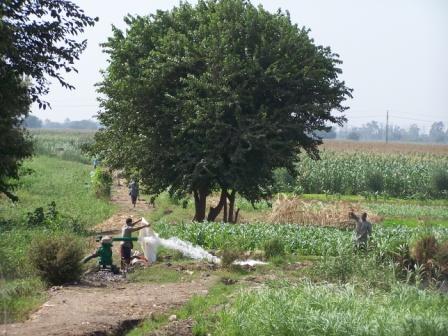 and is very reminiscent of the UP and Punjab fields. The River Nile in the background is of course, unique to Egypt
and is very reminiscent of the UP and Punjab fields. The River Nile in the background is of course, unique to Egypt 